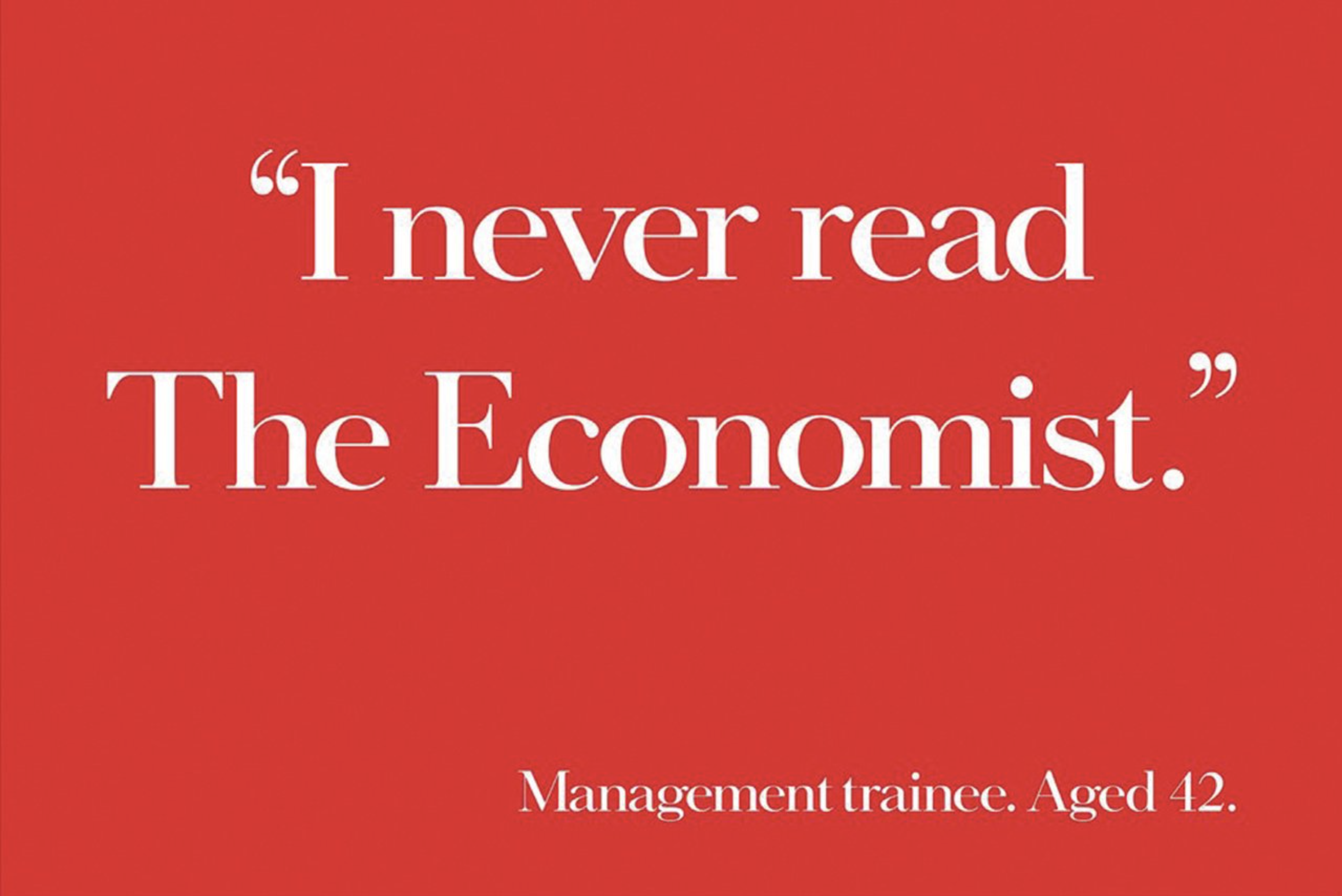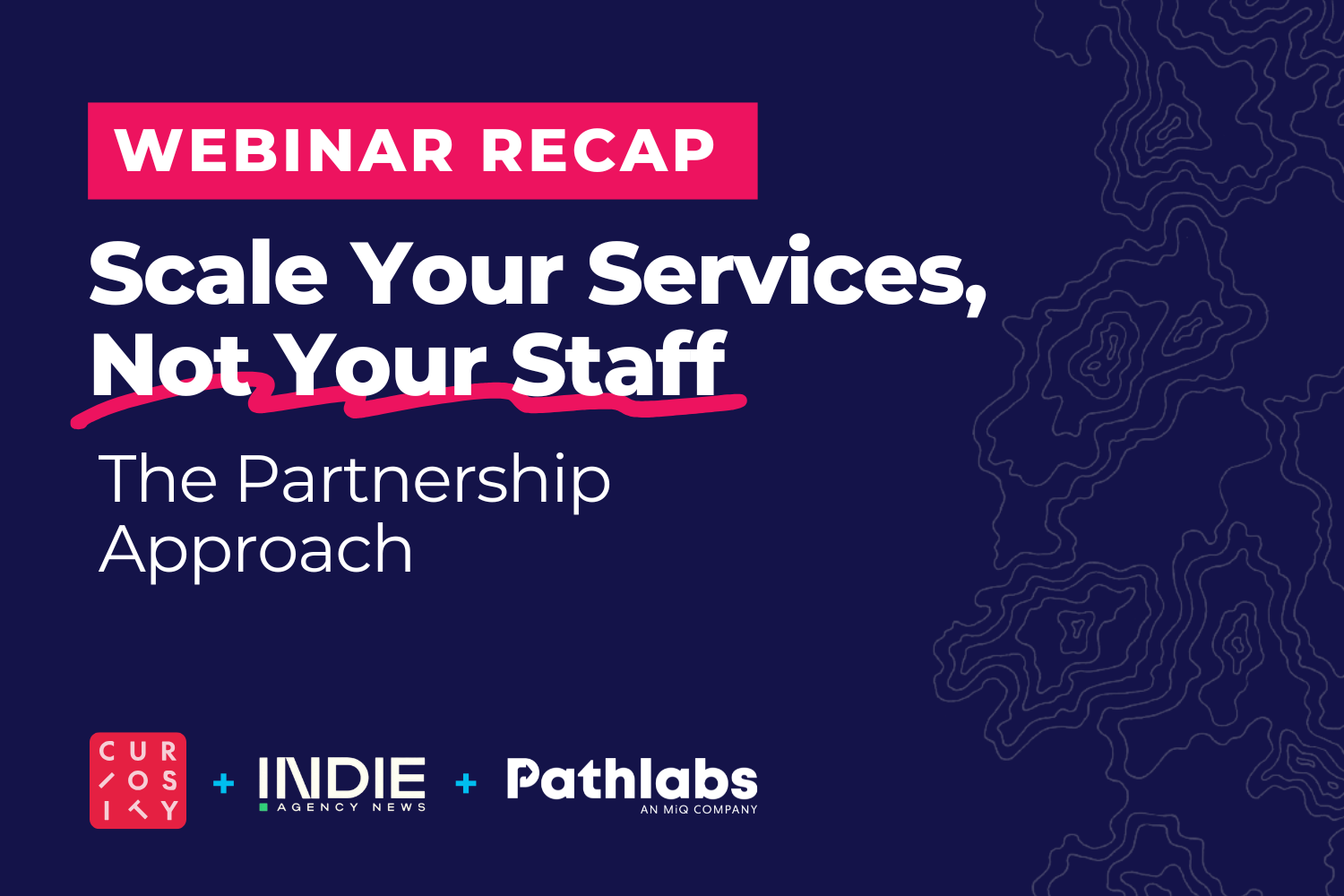Six Programmatic Advertising Examples and Why They Were Successful
| Pathlabs Marketing |
| July 17, 2023 |
Digital advertising is an exciting and ever-changing field. New ad technologies and best practices are developing every day. In this article, we are going to take a deep dive into how advertisers use programmatic ads to optimize campaigns.
Explore these six programmatic ad examples to see how businesses, ranging from Google to Turner Sports, build compelling and successful programmatic advertising campaigns. But first, let’s define the term.
What Is Programmatic Advertising?
Programmatic advertising is the process of media buying and retargeting through automated technology, as opposed to the traditional (often manual) methods of buying advertising space. Programmatic ads use real-time bidding to buy and sell ad space on a per-impression basis.
Advertisers use programmatic ads to launch hyper-targeted ads that consider context, and location while optimizing and maximizing their programmatic marketing budgets. Programmatic advertising requires detailed and continued analysis. For instance, a company could set its bid price too low and might not be able to get any ads in on the sites that would give them real traction. A lot goes into running a successful programmatic advertising campaign. Let's explore a few programmatic advertising examples to see how they achieved success.
Programmatic Advertising Examples
Why Google’s Marketing Team Went All in on Programmatic
In 2015, Google was experimenting with new ways to promote its Google Search App. While looking at market trends, marketers realized that billions of dollars were being transacted programmatically. The explosive growth showed no signs of slowing down. The Google team could see that, with programmatic advertising, they could reach potential customers at the micro-moments of their day and respond to them in real-time. Using programmatic also freed up workloads, giving marketers more time to strategize and innovate.
“In our ongoing Google Search App campaign, for example, we reached 30% more people 3X more frequently, with an approximately 30% lower effective cost-per-thousand impressions (eCPM) compared to the previous year. In a programmatic Google Play campaign, we used first- and third-party data to help increase campaign effectiveness through more educated targeting. When you target your ads more effectively, brand lift increases. We saw lifts in awareness as high as 50% above the control groups that used only programmatic without first-party data.” (Google Play Data, January 20–March 28, 2014, United States.)
Google’s goal for 2014 was to buy 60% of brand display ads programmatically throughout the year, they ended up surpassing that goal with programmatic accounting for 73% of ad spend.
How Amanda Foundation Used Targeted Ads to Find Homes for Animals
Image: Amanda Foundation
The Amanda Foundation used behavioral and geographical targeting to find homes for animals spending their last days at shelters across Los Angeles. To increase the chances of adoption, the non-profit showed ads to people who were the most likely to adopt a particular type of cat or dog.
According to users’ location, demographics, and internet browsing behavior, the ads appeared as display ads on websites. So, for example, if a person was a homebody interested in small dogs, they saw banners with chihuahuas or toy terriers.
The campaign used a variety of creatives with different types of pets matched up to other taglines. For example, “I love (insert lifestyle trait here), just like you.” Each message introduces the viewer to a suitable pet. In addition, the text highlights the traits that a specific animal and the ad viewer have in common.
Although the results of this programmatic ad campaign were never published, it still stands as a fantastic example of its hyper-targeting abilities.
How The Economist Got 3.6 Million People to Take Action
Image: The Economist
Another organization that used programmatic display advertising in an incredible way is The Economist – a news outlet focused on business, finance, economics, world news, and politics. Over the last few decades, The Economist has become known for its series of witty advertisements boasting simple but thought-provoking copy.
The minimalistic design stands out with a bright red background and a white serif font that feels bold, refreshing, and intelligent to the onlooker. The concept was originally thought up by David Abbott, the mastermind behind many of Volvo’s famous advertisements. Abbott discovered a way to say, “this magazine makes you smarter and more successful,” without outright saying, “this magazine makes you smarter and more successful.
For a long time, The Economist editorial team knew that it wasn’t quite reaching an up and coming demographic of young progressives. The younger generation simply didn’t know that The Economist had always been a voice for progressive liberalism. While investigating audience data, the team uncovered that this demographic was better defined as “intellectually curious”.
So, they came up with a campaign to convert these reluctant readers. The plan was to prompt each reader to reconsider their opinion on the contents. The team used programmatic digital display ads to target 650,000 people and attempt to change their perception of the magazine.
Image: The Economist
Page context was also critical to the campaign – the magazine wanted to make sure they were reaching the right people in the right places. Deep audience data-informed these choices. Ads were placed directly next to stories on similar subjects their demographic was already reading. Curiosity did the rest. The Economist tweaked and tested, and readers became subscribers.
On a budget of 1.2 million pounds, it took The Economist 9 days to achieve 50% of its target of 650,000 subscribers. They got 3.6 million people to take action and achieved a campaign ROI of 10:1. Round two of this campaign saw even better results, with 8 million engagements.
There are a few key takeaways from this study. First, programmatic ads give companies a method to reach lost audience segments. Next, placing ads where the target audience is already browsing brings a higher ROI. Lastly, it is important to A/B (C? D?) test your content and identify what works best with your audience.
How Topman Tailored Creatives for Different Audiences
Topman, a men’s fashion retailer, used programmatic advertising to promote its newest khaki collection. These ads targeted different groups of the retailer’s market with their images, resulting in a successful programmatic ad campaign.
When it comes to khakis, everyone wears them differently. That’s why Topman styled its khaki collection a few different ways, using different approaches to create ads that captured the attention of its diverse target audience.
For example, the brand photographed a stylish but casual look, as well as an outfit that one might see on the streets of New York City during a fashion week. Topmen then used these photos as ad creatives. With these distinct creatives, the retailer could reach every type of shopper within its target audience.
Like a few other programmatic ad examples, Topman did not reveal the performance of its ads. You can still learn something from this programmatic ad example, though. It is important to think about your different creatives and how they might engage different types of potential customers.
How IHG Hotels Used Programmatic Ads to Stay Ahead of Competition
The Intercontinental Hotel Group (IHG) used programmatic advertising to compete with third-party booking sites (like Expedia). IHG hasn’t revealed the actual results of its programmatic ads but has said the campaign was a major success.
When researching how people book hotels, IHG discovered that most people use third-party booking sites, like Hotwire, because it is advertised that they will get the best possible price. IHG knew that these websites generally cost travelers 15 to 30% more than if they booked with the hotel directly.
That finding pushed IHG to try programmatic advertising.
Source: IHG
With its programmatic ads, IHG showed users what booking directly with their hotels would cost. IHG customized these ads to the user, pulling the hotel location, date, and price based on the user’s browsing history.
This ad campaign worked incredibly well because it allowed IHG to provide complete transparency regarding cost. In an instant, users knew how much it would cost to stay at that hotel for a night, which they could easily compare to the price of a third-party booking site.
IHG simply showed users that it was cheaper to book with the hotel. There was no need to persuade.
What can we take away from this example? IHG’s transparent approach worked! We learned that being direct about the cost of a product or service establishes a trusting relationship between the customer and the company. Give users the information they need to make an informed and educated decision.
Turner Sports
Turner Sports used programmatic marketing to drive engagement, increase awareness, and enhance the community of sports fans. The investment paid off, generating a 7% growth in brand awareness.
With programmatic ads, Turner Sports wanted to help support the National Basketball Association Season Tip-Off for 2016 events. The goal was to generate more interest and engagement for the event.
Source: TNT
Turner Sports approached its goal with a programmatic video advertising campaign that reached six million unique viewers in the U.S. These ads featured real-time videos of fans and athletes from tip-off events across the country. In addition, the ad campaign included some advanced targeting.
The company used audience data from previous Google Ads campaigns to build its initial audience. Then, Turner Sports took advantage of Google Marketing Platform to analyze its data and find the most valuable audience segments for retargeting.
This investment and research paid off. The campaign delivered fantastic results, and Turner Sports shared its results. They saw a 17% growth in ad recall and a 7% growth in brand awareness for “NBA on TNT.”
If you want to achieve success with programmatic ads, look at this successful marketing example for inspiration. Turner Sports didn’t settle for its initial audience. They adapted. The company investigated its data to find the people who were most likely to engage and adjusted their target audience.
Use your customer data in the same way. Research your audience to discover the perfect segment. Dont be afraid to try (and fail) a few times. This level of research will help your business create hyper-targeted ads, which will drive significantly better results.
















